HERE COME THE CIRCOPATHS!
A handful of tapes where the protagonists are literally killed by the clown
As a child, I enjoyed the company of my parents and cousins during excursions to the various circuses that came to the city, as it not only represented a break from daily activities, but was also a valid alternative to the limited recreation represented by the 4 miserable open television channels that we had and a cinematographic billboard sometimes cycled by some major premiere (remember, this happened in the pre-cable, pre-internet and premulti-screen era). The evocative and playful qualities that a carp possesses have already been addressed -perhaps without modesty, especially by recalcitrant nostalgics such as yours truly- but, gosh, they really sprout with vehemence and fury once it is pierced and our feet brush the ethereal surfaces sprinkled with sawdust with its unmistakable aroma and we take a seat on the metallic stands that do not guarantee comfort but do guarantee a desertion to everyday life to throw ourselves into the arms of such a dreamlike universe, where wildlife and man coexist in an almost terrifying symmetry in its deep touch our deepest joy, sheltering our own fantasies under the conical ceiling as they are projected in dazzling outfits that glide dizzyingly at unheard-of speeds between the elements: water, air and fire, dominating beasts or exposing the lives of those who they carry them complementing a symbolic recreation of the collective imagination expressing their most expensive dreams and desires... and e Then the clowns appear. Both my own experience and mere observation have made it clear to me that coulrophobia or pathological fear of these tarnished beings is not a mere acquired fear or an open door to psychological exposure, because witnessing the countless faces of terror caused by the proximity of these characters both in children and adults make me believe that it is something genetic or inherent to the human condition. After all, why would I approach or allow proximity to someone who alienates their personality from ours through a cosmetic disfigurement that maximizes our worst nightmares? Giant hands and smiles, eyes wide open, huge feet... all the deformed qualities of any monstrosity that populated our childish nightmares. The most shocking? They only seek to make us laugh while we petrify in their presence, taking us hostage in a semiotic power game. Illusions exist to vanish, and clowns are the ones that vanish that of going to the circus. Probably for this reason they fascinate as well as repel, if not, how to explain the longevity of Cepillín? That is why they are perfect antagonists for the cinema, that other escapist and fictional universe where their antics can have deadly consequences (if you don't believe me, watch "Miracle in the Circus", a film by the aforementioned Ricardo González "Cepillín", so disturbing and horrifying in its saccharine corniness like any other production of the mercifully defunct Televicine). It all started in 1928 with the atmospheric and macabre film “El Hombre que Ríe”, directed by Paul Leni and starring Conrad Veidt, who did not play a clown per se but yes to the main attraction of a traveling fair due to his facial peculiarity: a permanent smile via a razor edge as punishment to his father for not kissing the hand of the king. His presence throughout the film is chilling, as the grimace is accentuated by the angled features resulting from Veidt's triangle cranial conformation and a dark story that involves heartbreak, betrayal and death. The image of the protagonist became iconic and has served as a model to date for every carnivalesque villain who dwells in the shadows of these revelries (it should be noted that his legacy extends to another character embedded in popular culture: the Joker, inspired by Bob Kane in Veidt's interpretation). The doors of the arena had opened, and it was only a matter of time before the clues were dyed red. In the development of the cinematographic story, the clown served primarily as a representation of the tragedy, since the concealment of his humanity via makeup They turned them into dramatic figures ipso facto, highlighting the almost fetishistic fixation that Federico Fellini had on them to highlight speeches of overwhelming humanity. But as the end of the millennium neared, these buffoons would begin their journey into darkness as fearsome adversaries in various slashers of varying popularity. In 1976, the first murderer with a circus mask appeared in a Canadian film simply titled “The Clown Murders”, where director Martin Burke constructed an elementary story about students being chased by you-know-who in an abandoned house. Perhaps the only virtue of this forgotten film is that it has one of the first film appearances of John Candy, another celluloid clown but from different dimensions. In the 80's the homicidal harlequins germinated thanks to the fury caused by the masked psychopaths of the time, so the Hollywood masterminds were sharpened and realized the gruesome potential of these characters whose work required the concealment of their identity. This is how several productions arose that have sheltered themselves in the immortality of the cult, such as “Killer Klowns From Outer Space” (Chiodo Brothers, USA, 1988), a delirious satire that, with perverse cunning, manifests what we always suspect: such grotesque entities only They could come from outer space. The film has a surreal charm in the design of its main characters and uses practically all the emblematic aspects of circus folklore but in a terrifying way (cotton candy made with humans, acid cakes, popcorn that spawns creatures, etc.) in a way hilarious. “La Otra Cara del Terror” (“Clownhouse”, 1988), directed by Victor Salva before savoring success with “Jeepers Creepers / El Demonio”, is probably the culminating work in this regard, since his work bets more on the construction of ominous atmospheres and dosed suspense in a story about three brothers (the eldest of them a young Sam Rockwell) who, after visiting their local circus, fight three maniacs who have escaped from the nearby madhouse dressed as clowns. Well interpreted and developed, the film is a strong argument to support any coulrophobia. For its part, the miniseries “That” (Wallace, USA, 1990), a television adaptation of the text written by Stephen King, worked by affecting an entire generation by forging their fear through an immediate reference and making their titular threat, the abominable clown Pennywise (an excellent Tim Curry), a cultural legend as well as a degree of iconicity in the genre that not even Andrés Muschietti's functional version of a couple of years ago managed to eliminate. The project is based on an exploration of primal fears based on a being that takes the form of our darkest fears, with a varied result in histrionic and scenic quality but forceful in its solid direction and agile decoding, avoiding some restrictions that characterize to the television format (the first sequence is particularly memorable). Darker was “El Payaso del Mal” (2014), a film produced by the overrated geek Eli Roth who gives creative freedom to the young director Tom Watts to tell his story about a family man who discovers the sinister mythological origin of the clowns when you decide to dress up as one and end up camouflaged with that costume, thirsty for nubile blood. So, if you don't like going to the circus because of the fetid fumes of urine or waste, or you don't like to watch animals or people making unspeakable ridicule (That's why we already have the San Marcos Fair), then rent one of these productions, eat some popcorn, turn off the lights and let the circopaths do their job. He will have fun to death.
While first-year teacher @DerekSeidl may still be perfecting his craft, he definitely knows how to decorate a class… https://t.co/eVsI7z3EUk
— Matt Seidl Wed Sep 04 20:49:44 +0000 2019
corte-yqueda@hotmail.com
Participate with your opinion!
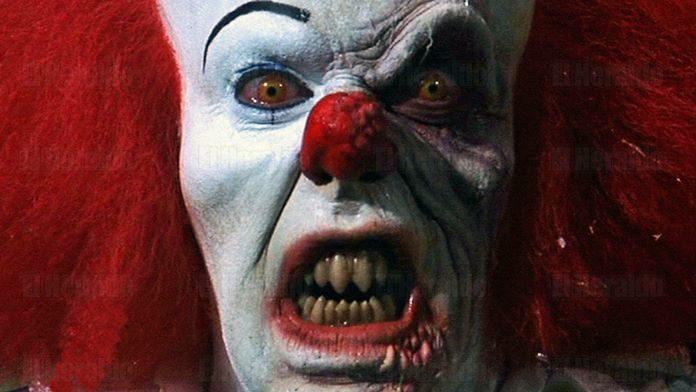


![46 Best Eyebrow Tint in 2022 [Based on 59 Expert Opinions]](https://website-google-hk.oss-cn-hongkong.aliyuncs.com/drawing/article_results_6/2022/2/27/ed118fdf3947d2023236cbe413ad9041.jpeg)
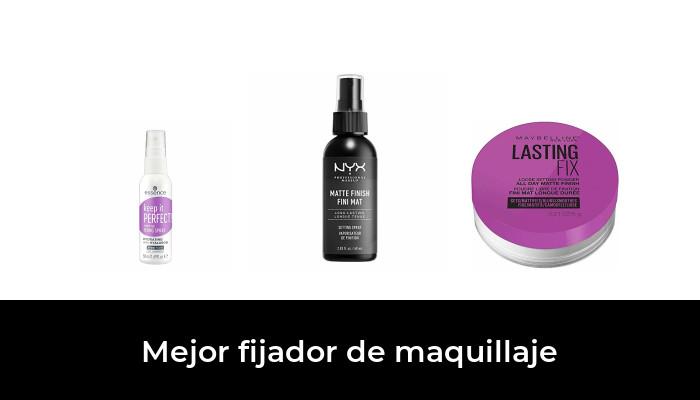

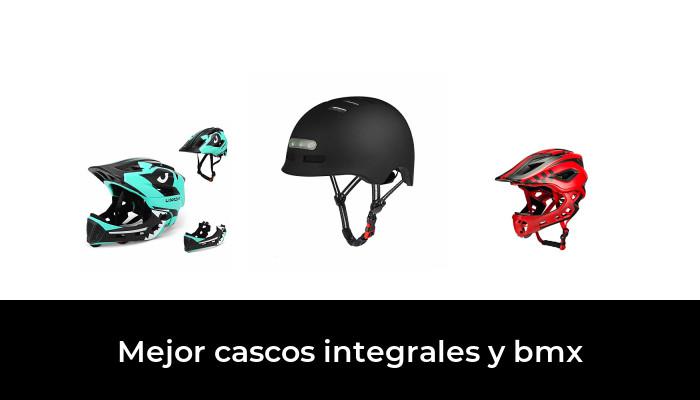
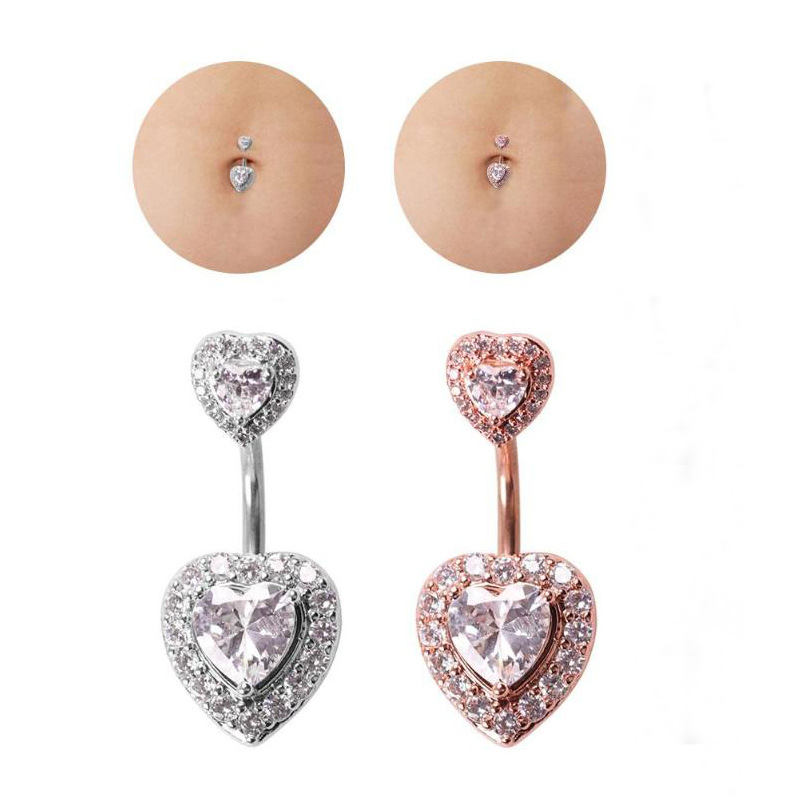
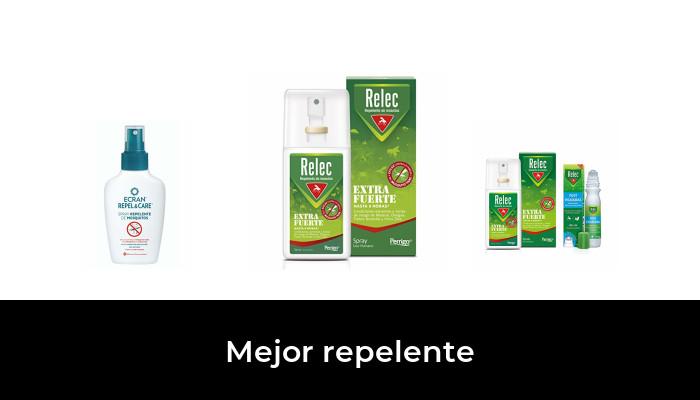
![47 best antiage nutritive cream in 2022 [based on 326 reviews] 47 best antiage nutritive cream in 2022 [based on 326 reviews]](https://website-google-hk.oss-cn-hongkong.aliyuncs.com/drawing/article_results_6/2022/2/27/1918fc37c66ad30564173e69d9df88a0.jpeg)

